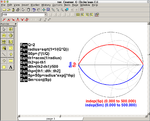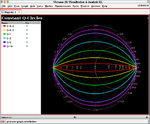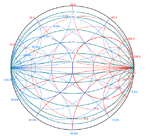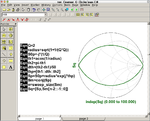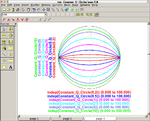tahmis91
Newbie level 4
Dear all,
Do anybody know how to plot the constant Q curves on the ADS keysight datadisplay? (I want to use them for matching) (I found that on the Smith chart utility tool, there is an option to play them, but I want to plot them on the data display, I mean, when I simulate "real-non ideal from a given technology design kit"
Thank you,
Do anybody know how to plot the constant Q curves on the ADS keysight datadisplay? (I want to use them for matching) (I found that on the Smith chart utility tool, there is an option to play them, but I want to plot them on the data display, I mean, when I simulate "real-non ideal from a given technology design kit"
Thank you,

